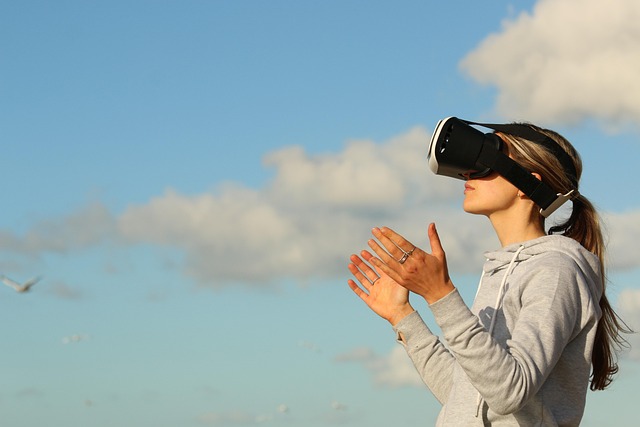In recent years, the advent of Augmented Reality (AR) has introduced a transformative wave in the realms of both photo and optics. This cutting-edge technology enriches our visual experiences, bridging the gap between reality and a digital overlay that enhances how we capture and perceive images. Think of the moments when you’ve snapped photographs that, while beautifully composed, lacked that spark of inspiration. AR is here to change that.
Imagine holding your smartphone or digital camera and seeing various lighting options displayed in real-time through your device. With AR, photographers can simulate various lighting conditions without the need for elaborate setups or extensive gear. Lighting is critical in photography, as it can make or break a shot. AR allows users to experiment with shadows and highlights at their convenience. You can visualize how soft diffused light versus harsh backlighting will affect your image, all before you press the shutter button.
The development of AR tools has also revolutionized how photographers edit images post-capture. Utilizing AR applications, users can manipulate lighting effects dynamically. Say goodbye to tedious editing sessions; instead, AR can assist you in virtually “painting” light onto your images. This innovative approach allows photographers to be more creative and spontaneous in their work while retaining technical precision.
Moreover, AR is enhancing our understanding of optics by providing real-time data visualization. Photographers can assess how different lenses will interact with light, helping them make informed decisions about equipment before they even lift their cameras. This not only saves time but also reduces the frustration often linked to trial-and-error approaches in photography.
The possibilities aren’t confined to professional photographers; hobbyists and casual users can also benefit. AR enables everyone to experience photography with newfound clarity and excitement, regardless of their skill level. Users can access tutorials that overlay information on their cameras, teaching them how to manipulate settings while they practice. This interactive learning enhances the photographic journey, making it more accessible and enjoyable.
As AR continues to evolve, its integration into everyday photography is likely to become more seamless. Imagine an AR app that not only illuminates your subjects but also tells you the best angle to capture a breathtaking sunset. Just as digital photography changed the way we take pictures, AR will redefine the standards of photo exploration and artistry.
In essence, Augmented Reality in the field of lighting and photography empowers creators by fusing technology and art. It invites us to view our world through a new lens, where the guidance of artificial intelligence complements the innate creativity within us. As we embrace these innovations, the future of optics and photography looks brighter than ever.




